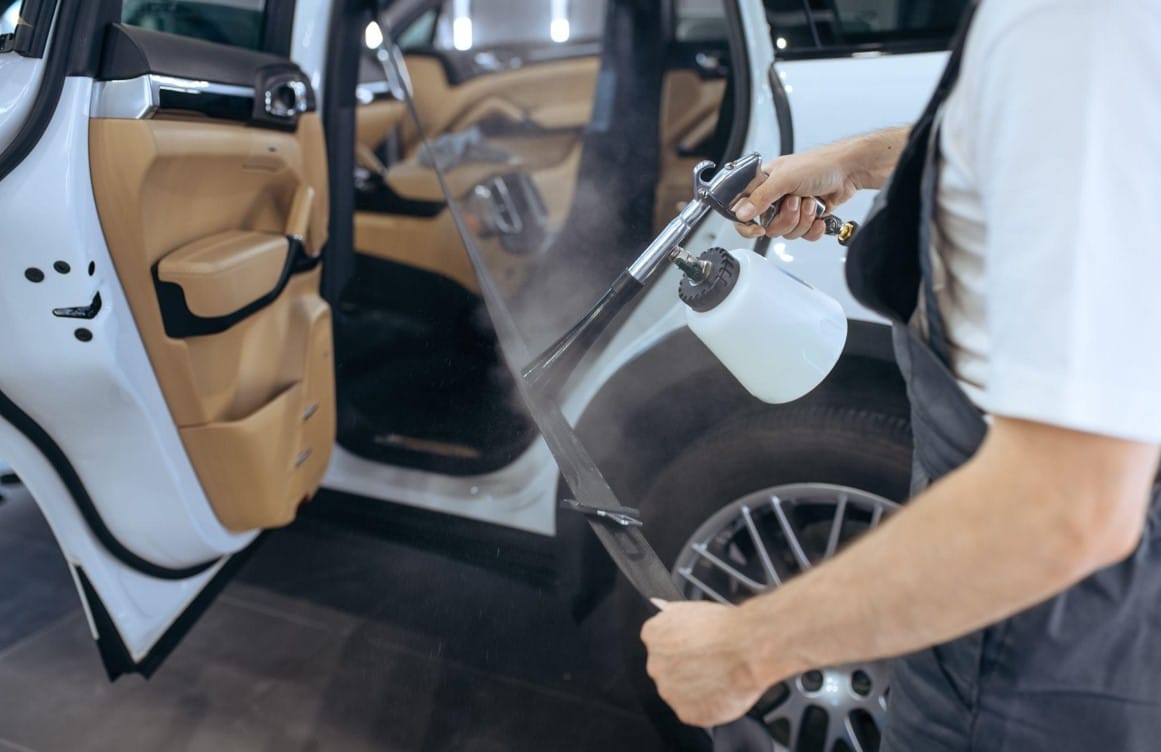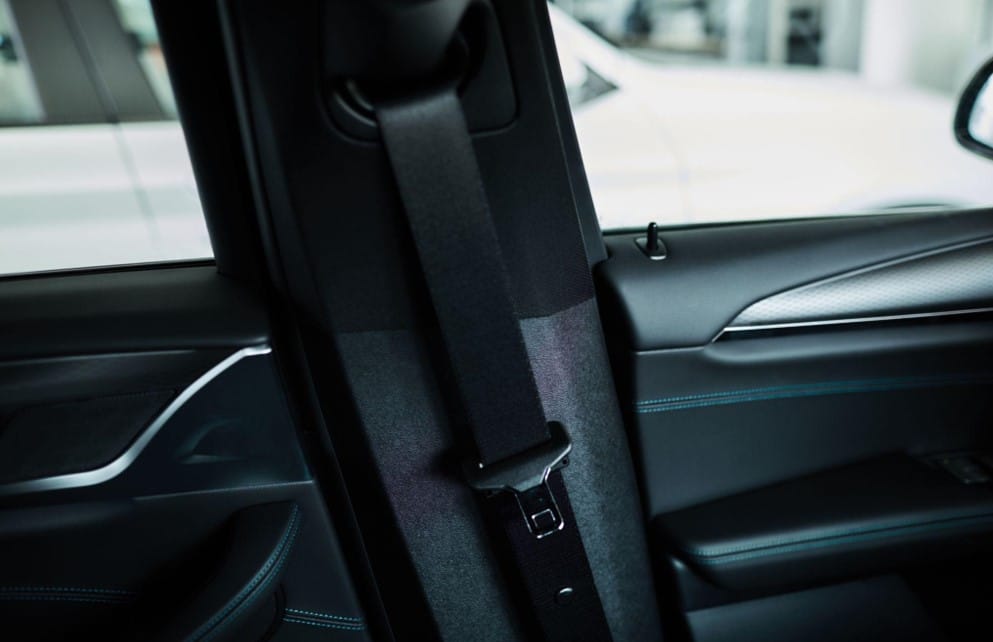Unless you’re a car detailer, you’ve probably never given much thought to cleaning your car’s seat belts. While they might be a staple for safe driving, the cleanliness of seatbelts is often ignored – and this can present a big issue when they become a reservoir for germs and grime.
Fortunately, cleaning your car seat belts is a simple process. After identifying what material your seatbelt is made from, you only need to follow a simple process to get things squeaky clean. This article will cover everything you need to know.
Why You Should Clean Your Car Seat Belt
Seat belts are one of the most crucial parts of your vehicle. While they might not be involved in getting the car on the road, seat belts are the vital component that keeps you strapped to your seat and out of danger in the case of an emergency.
If you want your seat belts to function optimally, one of the most important things you can do is keep them clean. Caked-on grime and dirt can sometimes inhibit the function of seat belts — and this could spell disaster in an emergency.
That isn’t the only danger posed by poorly maintained seat belts. If the fabric of the seat belt begins to wear and tear, you begin to run the risk that the belt might tear in the event of a crash. Regular maintenance ensures your seat belts are always primed and ready to keep you safe.
Maintaining your seat belts is one of the most important things you can do to stay safe on the road. And as a bonus, keeping your seat belts clean and in good condition will leave your car’s interior looking as good as new.
How to Clean Different Types of Car Seat Belts
The cleaning process may vary depending on what kind of seat belts your car has. The most common type of seatbelt in modern vehicles is polyester seat belts, but you may encounter nylon belts in older cars or leather belts in luxury cars.
Most modern seat belts are woven from polyester. These belts are simple to maintain. You can use a soft brush with a mild diluted detergent to scrub dirt and grime off the belt’s surface. Afterward, allow the belt to air dry.
Some older cars use nylon seat belts. These seat belts resemble polyester seat belts but are slightly stretchier. Much like polyester belts, nylon belts can be cleaned with a diluted mild detergent and a soft brush before air drying.
Luxury cars sometimes use leather seat belts. You should use a leather cleaner and a cloth to wipe the surface of the leather. Afterward, wipe the belt with a dry cloth to remove moisture and apply a leather conditioner.
Tips for Removing Tough Stains from Car Seat Belts
While scrubbing the seat belts with a soft brush and diluted detergent is sufficient for most messes, seat belts sometimes need a bit of extra TLC before they can be thoroughly cleaned. Consider what kind of stain it is if you notice a persistent stain.
The most common type of stain encountered in cars is food stains. These stains can usually be removed with diluted vinegar. Consider using a laundry stain remover if a food stain is exceptionally persistent. Grease and oil stains should be cleaned with diluted dish soap.
Before cleaning any seat belt part, test your cleaning solution on a hidden belt area. If you notice that it causes any discoloration or unwanted reaction, you should immediately wipe away the solution and test a different cleaner. This will ensure you don’t accidentally leave any permanent marks on an obvious seatbelt part.
Never use highly abrasive scrubbing tools or harsh cleaners to clean the seat belt. Most stains can be lifted from seat belts with some light cleaning, so it’s always better to start small and only escalate the intensity of your attempts if gentler methods don’t work.
The best tools to clean your seat belts are soft-bristled cleaning brushes and soft cleaning rags. Most cleaners work well on seat belts when diluted with water to form a gentle solution. Consider using diluted vinegar, dish soap, or isopropyl alcohol, or shop for a seat belt cleaning solution.
Final Thoughts: Keeping Your Car’s Seat Belts Clean
While seat belts might be one of the most understated parts of your vehicle, keeping them clean is essential. Ensuring your seat belts are clean will not only help keep your vehicle looking as good as new, but it could help protect you in an accident. Unfortunately, not all seat belts can be salvaged. If your car requires seat belt replacement services, please feel welcome to call our team today for a consultation.
Frequently Asked Questions
How Often Should I Clean My Car Seat Belt?
You should clean your car seat belt as often as you clean your car’s interior. This will allow you to identify wear and tear areas as they develop. If you remain proactive and replace your seat belts when you notice them degrading, you may later protect yourself or other car occupants from grave danger.
Can I Put My Car Seat Belt in the Washing Machine?
You shouldn’t put car seat belts in the washing machine. Washing machines can potentially catch on the material of the seat belt and cause it to tear and fray. You should gently clean your seat belts by hand for the best results.
Is It Safe To Use Bleach To Clean Car Seat Belts?
You should never use bleach to clean car seat belts. This will cause the color of the seat belt to change and may even damage the integrity of the fabric. You should use gentle cleaning solutions to ensure the material remains strong.
What Should I Do if the Seat Belt Is Damaged After Cleaning?
You should contact auto professionals if the seat belt is damaged after cleaning. They will help you determine if the damage is severe enough to warrant repairing or replacing the seat belt.
How Do I Know If My Car Seat Belt Needs To Be Replaced?
Consider replacing your car seat belt if you notice any tears or frays on the fabric of the seat belt. You should also consider replacing your seat belt if it is not retracting correctly and you believe that damage to the fabric may be causing the issue.





